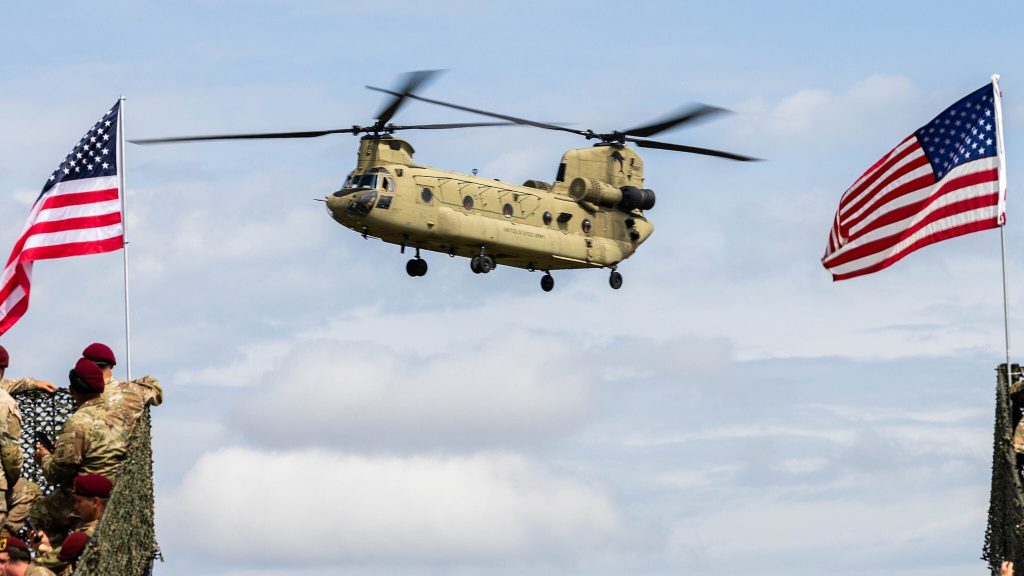How the Army Plans to Stop Drones Before They Strike
Others are reading now
How the Army Plans to Stop Drones Before They Strike
A New Frontline in Homeland Defense
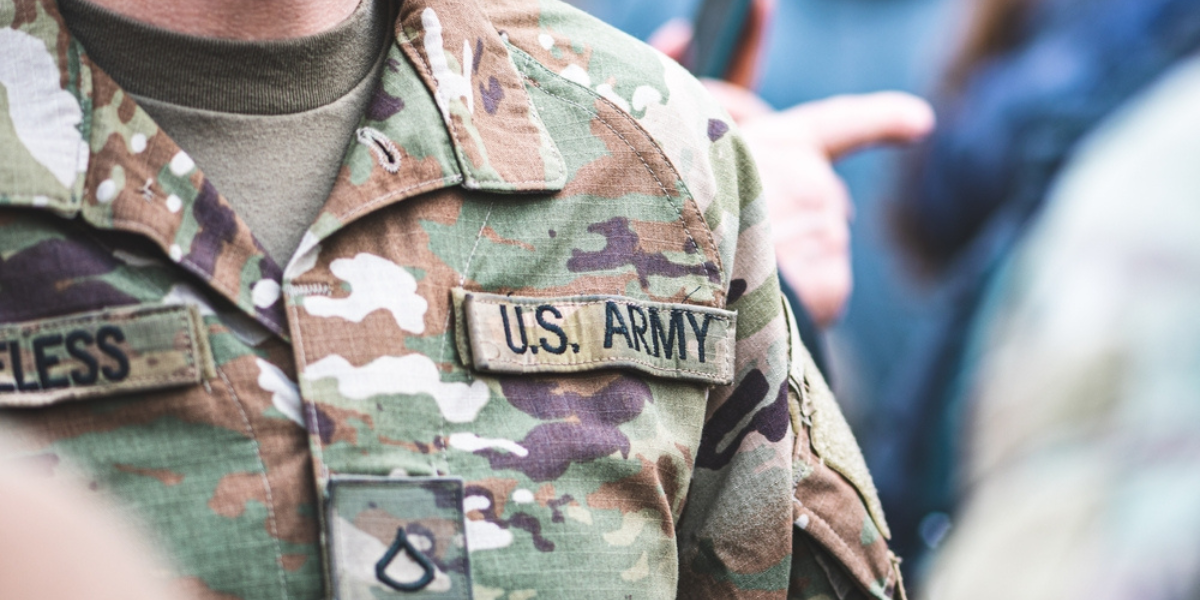
In response to the rising threat of small drones targeting U.S. facilities, the Army’s Northern Command (USNORTHCOM) has activated a specialized operational team to defend domestic bases.
This marks a shift from an advisory posture to a deployable force capable of immediate action, reflecting how drone warfare has become a concern even within U.S. borders.
From Field Tests to Full Deployment
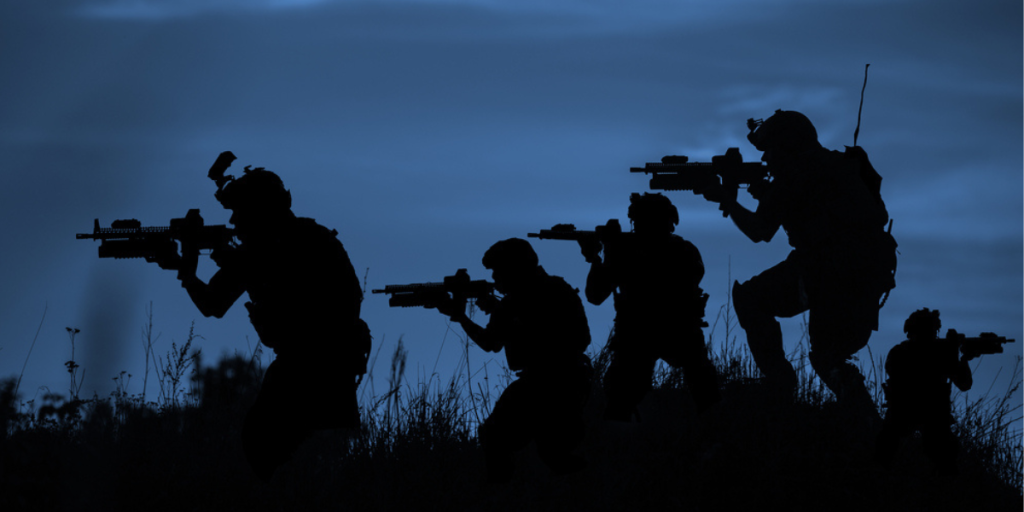
Following a series of rigorous field exercises in Florida and North Dakota, the Army officially certified the new Counter-small Unmanned Aerial System (C-sUAS) fly-away kit team as operational.
Composed of 11 soldiers drawn from USNORTHCOM and the 21st Space Base Delta at Peterson Space Force Base, the team demonstrated its ability to detect, track, and neutralize drone incursions during the Falcon Peak 25.2 exercise. Over several days, they intercepted more than 100 drone targets simulating hostile attacks on domestic airbases.
Inside the Counter-Drone Fly-Away Kit
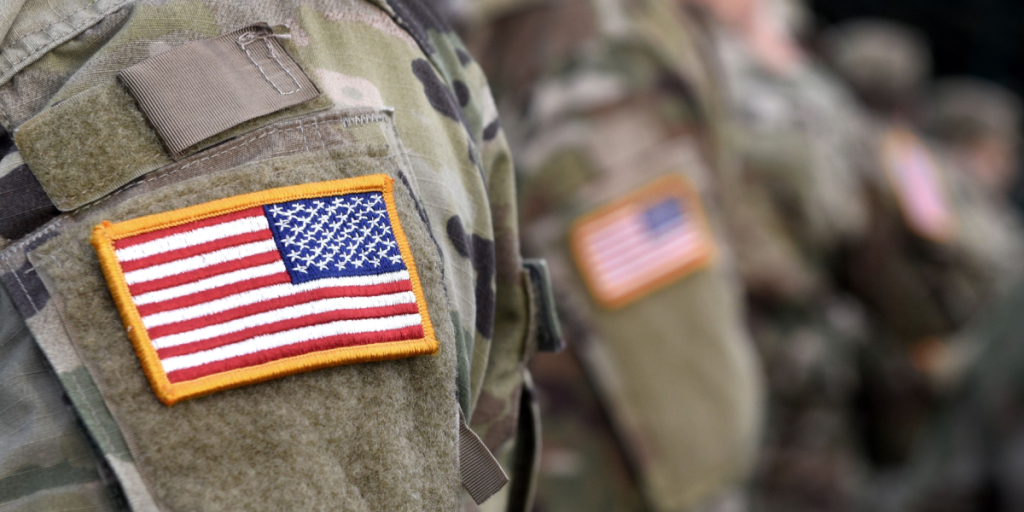
Also read
Developed by defense technology company Anduril, the fly-away kit integrates multiple systems to create an overlapping defense network.
It includes:
Wisp, an AI-powered infrared surveillance tool providing 360-degree motion detection.
Pulsar, an electromagnetic warfare platform capable of detecting and denying electronic threats.
Heimdal, a mobile radar and thermal sensor trailer designed to spot low-signature aerial targets. Together, these systems form a cohesive grid capable of early warning, tracking, and active drone defeat.
Anvil — The System’s Lethal Edge
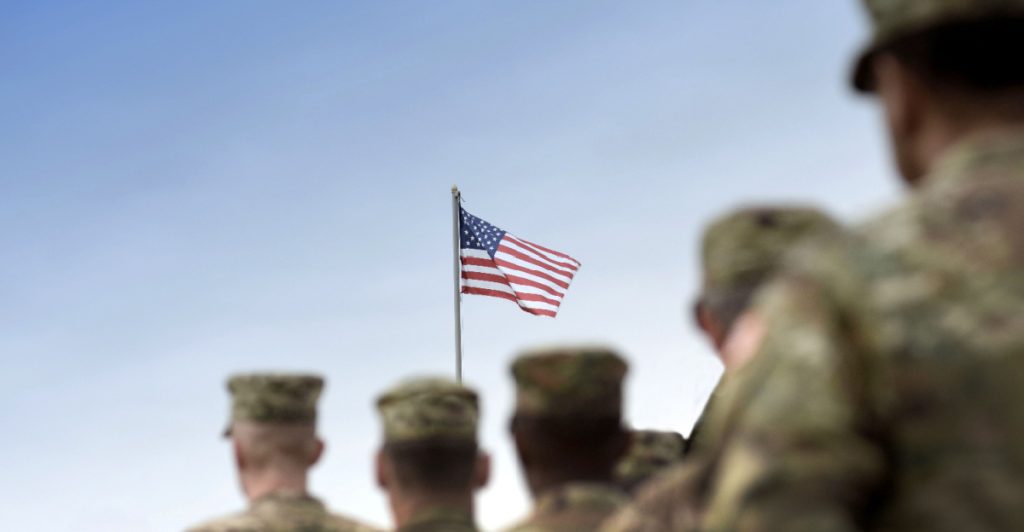
At the heart of the kinetic response is Anvil, a self-guided interceptor drone that physically collides with enemy aircraft to neutralize them.
Also read
This flexibility allows commanders to tailor the system to local threat levels, balancing effectiveness with safety around sensitive installations.
Rapid Learning, Real Results

Despite limited prior experience with drone operations, the newly formed team quickly mastered its mission.
Chief Warrant Officer 3 Joey Frey, the C-sUAS response program manager for NORTHCOM, praised their adaptability, noting that many operators had only 30 days of system training before the exercises.
Their success not only validated the kit’s technology but also demonstrated that rapid training and integration across branches — from Space Force personnel to Army specialists — can produce immediate operational capability.
The Future of Domestic Defense

The activation of the fly-away kit team marks a pivotal evolution in homeland defense — merging artificial intelligence, electromagnetic warfare, and kinetic response into one deployable system.
Also read
As drone incursions become more frequent and complex, USNORTHCOM’s new approach signals a future where AI-enabled, mobile anti-drone units could protect bases, infrastructure, and critical national assets across the United States.
This article is made and published by August M, who may have used AI in the preparation

